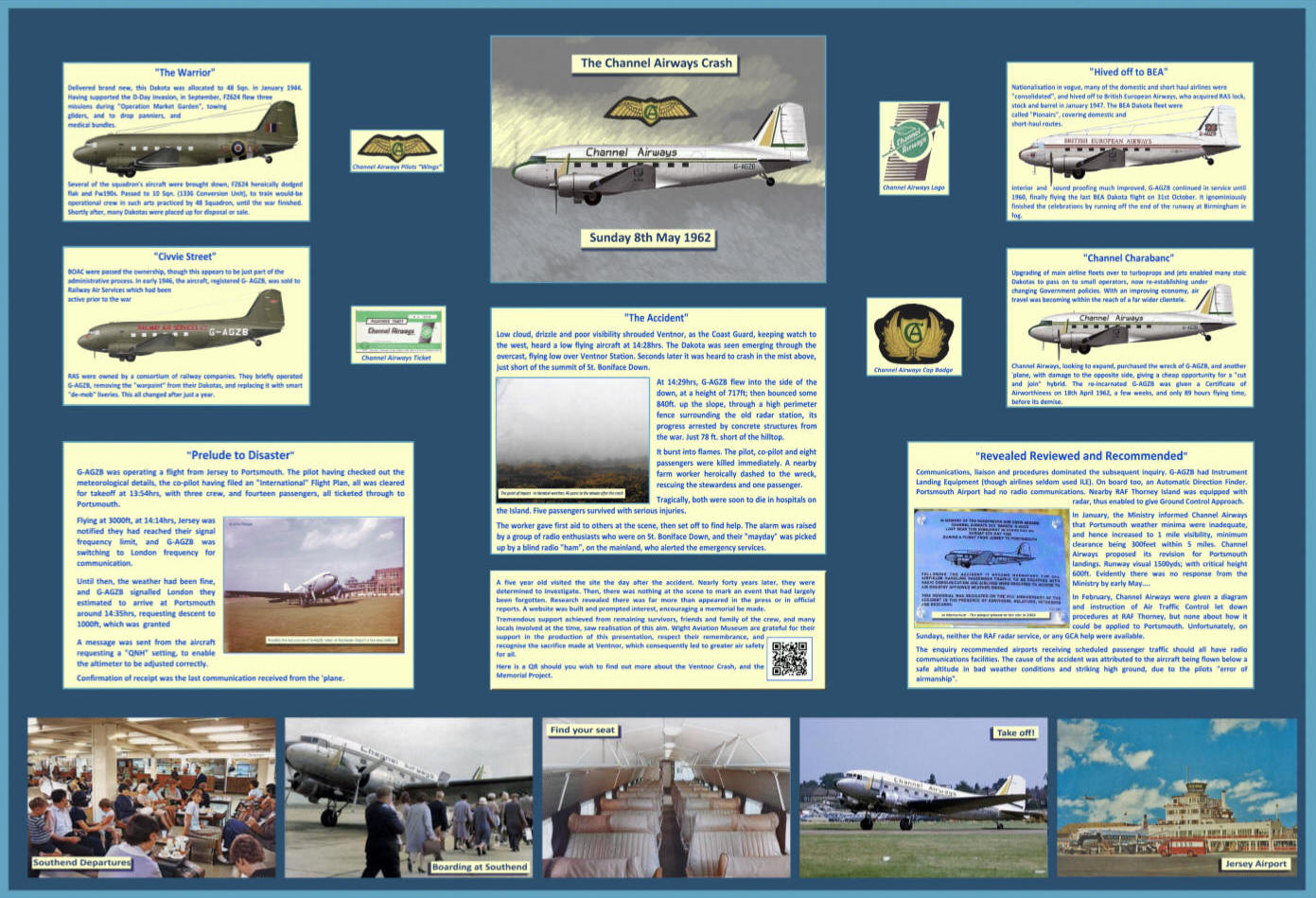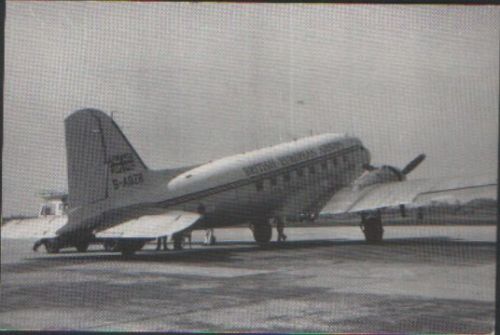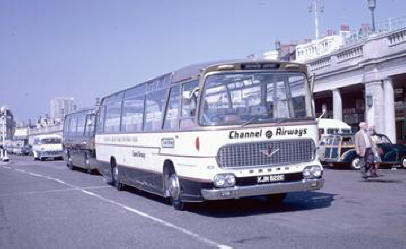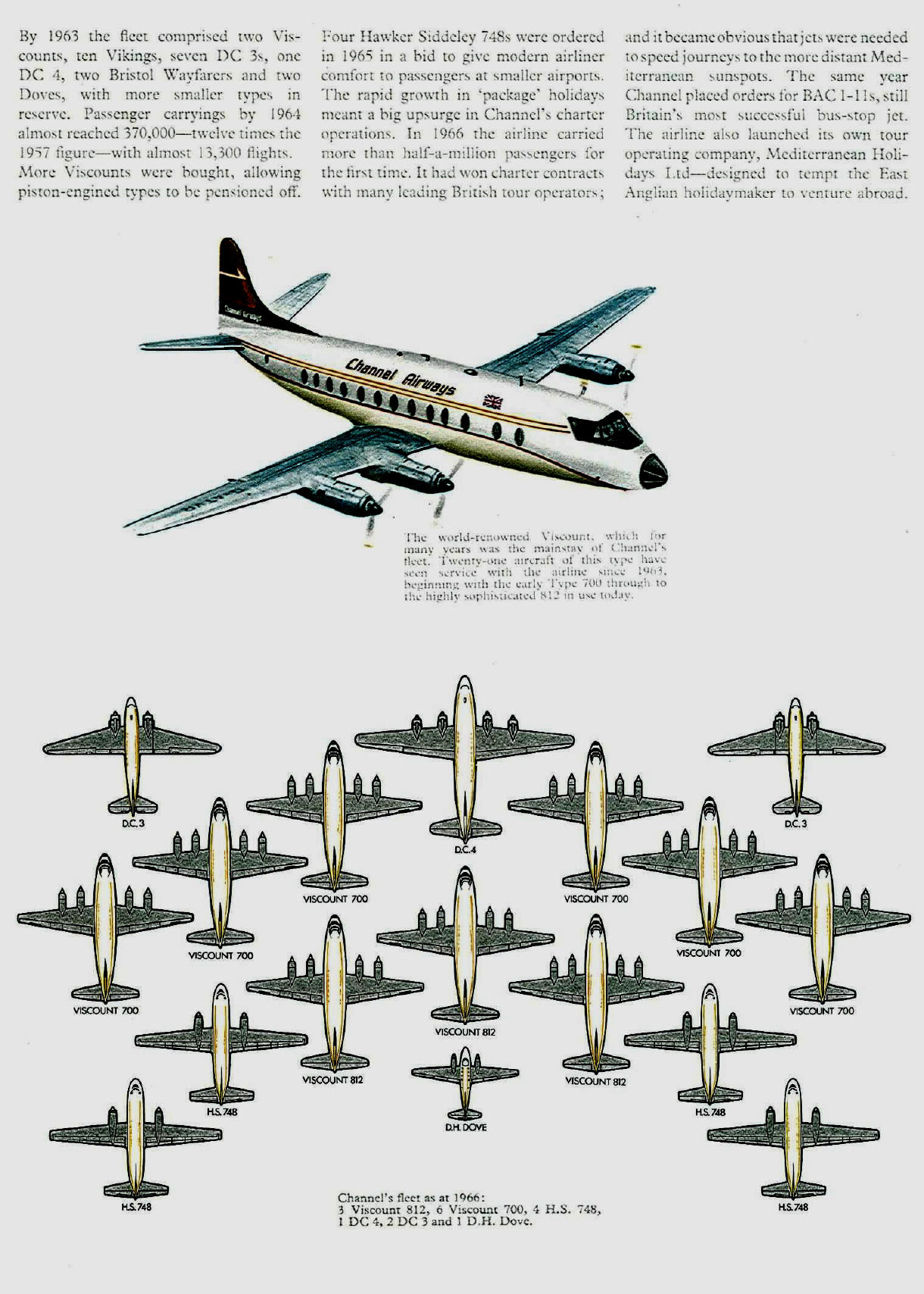
UPDATES
ABOUT THIS WEB SITE
The original website was written at the beginning of the project as a single page (!!) and then grew like Topsy with the unveiling of the memorial on St Boniface Down. It was subsequently completely rewritten by my son in law and brought up to date in 2013 and has soldiered on now for over ten years with a few additions and tweaks. The first sites were written in 'Frontpage 98' , basic but functional, while the current version used 'WebPlus' . This was much more complex and while it had some nice features, it was not user friendly for someone like me with limited computer skills. As a result most of the subsequent updates have been done in Frontpage and now 'Expression Web' which gives an unholy mishmash when the programs are mixed. Oil and water comes to mind! This page is written in 'Expression Web' !
My aim is to leave the current web site well alone but have an active page that can be updated as necessary without the subsequent need for psychiatric counseling. As things of interest come to hand they will be added here along with the creation date. So if you are interested or have connections with the site, this page is hopefully your first stop.
Over the years we have amassed a lot more information about the accident, the people involved and their stories. We have also had many contacts with families and others involved. While we still adhere absolutely to the original decision that no personal information and no photographs of the accident will be published on the site, some of the material is of general interest and some more specific to Channel Airways and the early days of package holidays and cheap flights. It seems a pity not to share this as it is all relevant to the time and in some ways the factors and mind set that existed in the early 1960's.
I don't feel able to learn a new web builder program as I am blissfully retired from day to day commercial activity and the days of running a company sales site with weekly updates are long gone. However as we still have space on our commercial server we can maintain the memorial site and a couple of other small sites at minimal cost. We don't advertise or charge and as there is no longer a web counter there is no way of knowing if anyone still visits. However as a tribute to all those involved in the incident, the memorial and the huge amount of time and effort put in to make the memorial happen, this site will remain active for as long as possible.
If you do visit and want to comment your thoughts will be greatly appreciated, even if just to say hello. I always try to answer any messages personally and within 24 hours ( that slips occasionally ) but it is great to see that people do still come to the website. We had a glitch in our email in early 2025 but you can now contact me using this email address : Webmaster
Channel Airways still has a great following. It was a happy company and although it closed in the early 1970's there are many people who loved working for what was, in some ways, an extended family where employees were as much flying enthusiasts as staff and with a paternal Managing Director who would stop to pick up his employees from local bus stops and ferry them to work in his Rolls Royce.
While there are other Channel Airways memorial sites on the web and this one began with a very sad and unnecessary incident, perhaps it also serves as a memorial to a great and very safe airline and a fantastic bunch of people.
All photos and information are available elsewhere on the web and used under the 'fair use' rules and not for profit or gain. Please respect this and don't reuse them commercially in other publications or web pages without copyright holder's permission. Thanks.
Latest information will be at the TOP of the page ( i.e. it gets older as you go down ) so that you will see the new material without having to trawl through all the older stuff.
THE 60th GATHERING ON St BONIFACE DOWN 60th.htm
Update: December 2025
New book on Channel Airways.
Channel Airways. Southend’s
Airline. By Keith McCloskey

For anyone interested in how the post war independent
airlines were formed and grew into international carriers there are two
recommendations I would make. The ITV series ‘Airline’ from the 1980’s
that tells the fictional story of Ruskin Air Services, based apparently in part
on Channel and Laker, and this book, Channel Airways - Southend’s
Airline by Keith McCloskey.
The thought of reading a book about the rise and demise
of a post war independent British Airline might not seem attractive to many
people, especially one that details the history of every aircraft owned by the
company, but this book is different. Clearly I have an interest, so there
may be some bias in my comments, but I found it very readable and absolutely
fascinating. It is both a commercial history, a record of flying operations and
an insight into the social aspects of a well loved and successful airline.
It is written in a way that draws the reader in from the first page and while
full of well researched information and data, the book reads like an adventure
story with plenty of details of the thrills, spills and funny moments of an
airline that went as far as covering up previous aircraft operators livery with
sticky tape and putting overbooked passengers in the cockpit jump seat.
The book has a wealth of photographs from private
collections, details of the significant aviation incidents and information on
the various associated money making schemes that founder and managing director
Jack Jones used to broaden his commercial base – for instance a ‘Gentleman’s
Club’ over the Channel Airways travel agent on the floor below!
There are also personal recollections from staff including the story of a foggy
day when Channel’s home airport was so overwhelmed with diverted traffic that
the director’s secretaries were out on the apron marshaling loaded passenger
aircraft onto the stands. It is all wrapped in a very readable style that makes
the book difficult to put down.
For anyone with an interest in post war commercial
aviation or someone who lives in Southend or the Channel coastal towns, this
book is a must. It also covers my home town of Bristol where Channel
operated BAC1-11 jets. With a westerly wind we never knew what aircraft
rattled our single glazed top flat windows when I was a child, but it is
difficult to forget that dull thunder of Rolls Royce Spey jet engines. The
runway that was at the same height as our flat, 10 miles away, and
the house would literally shake. Now we know. It was one of Jack Jones’
‘Golden Jets’
flying another batch of low cost package holiday makers to the Med.
Keith McCloskey has a lively style of writing and brings
the characters and even the aircraft to life. My own special interest, the
Ventnor accident is treated with care and respect and what for me began as a
speed read to discover what was said about the crash soon turned into a very
pleasant few hours beside the wood burner reading about a fascinating time in
British Aviation history. I hope my wife enjoyed it to. Perhaps not the
occasional explosive fireside guffaw but maybe being read unannounced snippets
of text relating to some of the more extreme moments of the Channel Airways
story – I think she did.
Absolutely superb.
Update: November 2025
A very interesting account of the incident is here: Aircrash 1962: – miscellavia. I am not sure that I agree with all findings as they tend to follow the official report, whereas my views are based more on the back story and some 'inside information' from talking to people present in the hours before the accident. However it is very well researched, very well written and includes details of the investigation that are not included on our web site. Thoroughly recommended !Update: February 2025
G-AHCV at Jersey Airport. Change the registration and this could be ZB. There is no date but it is likely to have been the mid 1960's.
Update: December 2024
A quantity of material that has been waiting to be included for over a year !
THE LAST BEA DAKOTA FLIGHT
ZB's first crash was at Birmingham in November 1960. She flew the final BEA passenger Dakota flight from London and ran off the runway in fog on landing. There were no injuries but some very red faces, particularly as a nervous flyer had asked the Captain if they were going to crash given the weather. He assured her that would not happen! The crash made a real mess of the aircraft and it was written off but bought by Channel Airways along with another Dakota belonging to Don Everall Aviation that had had an engine failure on take off, The two were rebuilt as one and no doubt many of the unused parts went on to serve in other Channel aircraft.
After a full refurbishment by BKS at Southend the aircraft flew less than 1000 hours before the accident on the Isle of Wight.
WIGHT AVIATION MUSEUM DISPLAY
After much discussion and with a huge amount of help from John Langley who lives on the Island, 'WAM' have created a display in their museum featuring the accident with some history of the aircraft and a model that we supplied. This took a considerable time to finalise but is certainly worth a visit. The museum is a fascinating insight into all the flying activities that have taken place on the Island. The model DC3 was itself rebuilt after a crash and converted into a static representation of G-AGZB. The display board gives the official reason for the accident, but if you have read our main website you might well have other views on this.
The museum is closed over winter and you need to check their website for opening times before a visit.
It is a pity that they didn't get the date right on the display. Otherwise the information gives a nice history of the aircraft and a sensitive approach to a very unpleasant accident.

POSTCARD

A postcard of ZB at Jersey Airport. Published in May 1994 the caption states the photograph was taken in 1961. This is incorrect as the aircraft made its last flight for BEA in November 1960 and was by the time stated registered with Channel Airways. The photograph does not do justice to the original but it has a dimpled surface and can't be scanned. Why did the postcard company choose this particular aircraft, especially as its final flight departed from Jersey! Likewise it was chosen for an airmail first day cover many years after the accident.
Note: this card was kindly donated to the project by eBay seller chrishp22. I trawl the internet for any items relevant to the aircraft and its history and this is the first time a seller has donated anything. I bought the card and when he heard it was for the site he sent a refund. A lovely gesture. Thank you Chris. Much appreciated. Copyright is held by a third party.
AIRCRAFT HISTORY
Dakota C47 Series 3, Construction No.12180, was built by the Douglas Aircraft Company Inc., Santa Monica, in 1943, and after service in the R.A.F. where it did three supply drops to Arnhem in 1944.
It was demobbed and first registered as G-AGZB on 19th February 1946, in the ownership of BOAC.
In March 1946 ownership was transferred to Railway Air Services and in 1947 passed to B.E.A. All three were state owned operators. The aircraft was operated by BEA until November 1960 when it was involved in an accident at Birmingham while making the last BEA domestic Dakota passenger flight.
The following month, the damaged Dakota was transferred to East Anglian Flying Services Ltd, ( later renamed officially as Channel Airways ) and taken by road to Southend Airport . It had a total of 20,889 flying hours logged.
It was repaired and overhauled by B.K.S. Engineering Ltd, and on 18th April 1961 the Air Registration Board approved a Certificate of Airworthiness.
It then flew a total of 782 hours in the year 1961-2 and gained its new certificate on 18th April 1962. ZB then operated for a further 89 hours and for less than one month until the final accident.
WHY ARE THERE SO FEW PHOTOGRAPHS OF ZB IN CHANNEL AIRWAYS LIVERY?
There are masses of photos of ZB in Railway Air Services and BEA livery but very few in Channel Airways colours. The reason for this is likely that although given a Certificate of Airworthiness in April 1961 she did not start flying in a full livery with Channel Airways lettering until the Summer. Channel was largely a hoilday operation at that time and with just under 800 hours flown it is likely that the aircraft was just not used much and spent much of the quiet time unused, hence there are few photographs. The aircraft was destroyed in May 1962 early in the summer season so again, no time for photographs.
THE REBUILD
The following is conjecture.
ZB is recorded as flying under 1000 hours since the rebuild after the Birmingham Airport crash. In some ways it was essentially a 'new' aircraft in that it had been completely reengineered, but informal comments state that the repair was somewhat basic and that they took the best parts of two crashed Dakotas and put them together. Given Channel's desire to reduce costs, the conversion was likely to have met the letter of the regulations but still been a low cost way of acquiring another aircraft and incidentally one that seems to have been held in reserve. Essentially Channel used donor parts to turn two very bent aeroplanes into a reasonably intact one suitable for passenger service. There is nothing wrong with this and the aircraft did have a Certificate of Airworthiness as was clearly stated in the enquiry. This infers that the plane was fit in all respects to fly.
However according to an ex employee, there were incidents where some Channel Airways aircraft were operated commercially when apparently 'overdue' for recertification and given the rather sloppy regulatory activities of the authorities at a time when wartime contacts were still strong, it might even be true. Having flown on ZB she also commented 'you could see the join'. This may have been said in jest, but given the following photograph it might raise eyebrows. How strict the regulators and inspections were in the early 1960's we can't say, but it seems unlikely that they were as thorough as today.
The photograph below was taken on St Boniface Down immediately after the crash. Some of the photograph has been removed as it shows a scene not for this website, and a small section has been enlarged to show the two main landing gear wheels lying in the heather. The tyres are mismatched and for operating from grass airstrips often in poor weather conditions that must have caused potential braking issues. Of greater concern is that one has been worn so much that there is a band with no tread left. This could have been the result of the impact or post crash fire and a tyre is reported to have exploded during the incident. The tread could have separated then, but is this likely? Another photograph in our collection indicates that the tyre with intact tread also had very considerable wear!
Was ZB and her passengers flying into a wet grass airstrip with mismatched badly worn tyres, one to the point that it was potentially weakened and had a large section of the tread missing? With very low hours since the rebuild this must raise questions about the quality of the job.
Purely conjecture of course, and it must be noted that this was Channel's only accident involving passenger fatalities in a long and incredibly busy history carrying a huge number of passengers and making a vast number of takeoffs and landings. The statistics must speak for themselves. What ever went on, it was not 'dangerous', however we view it from today's perspective.
Perhaps a tyre expert would care to comment?

ONE OF THE BIG INDEPENDENTS
Channel Airways may have started as a small one man pleasure flight operator but it progressively grew into an international transport business carrying cargo, passengers and even providing road transport. Managing Director 'Jack' Jones aim was to create a one stop organisation that could provide everything for fast, low cost and efficient air transport based on his Southend hub. Eventually this included the purchase of several other ailing operators, and after starting with worn out and redundant cast off aircraft, in the final years they were preparing to purchase new BAC Trident airliners and even contemplating a Concorde service to rival the flag carrying airlines.

Below is a page from the '25 years of Channel Airways' bookzine that was produced to celebrate the first quarter century.

ends.